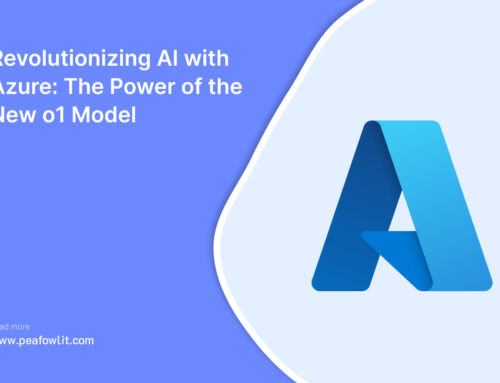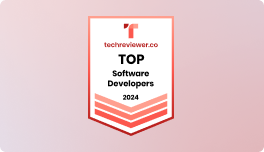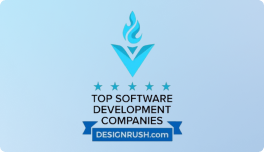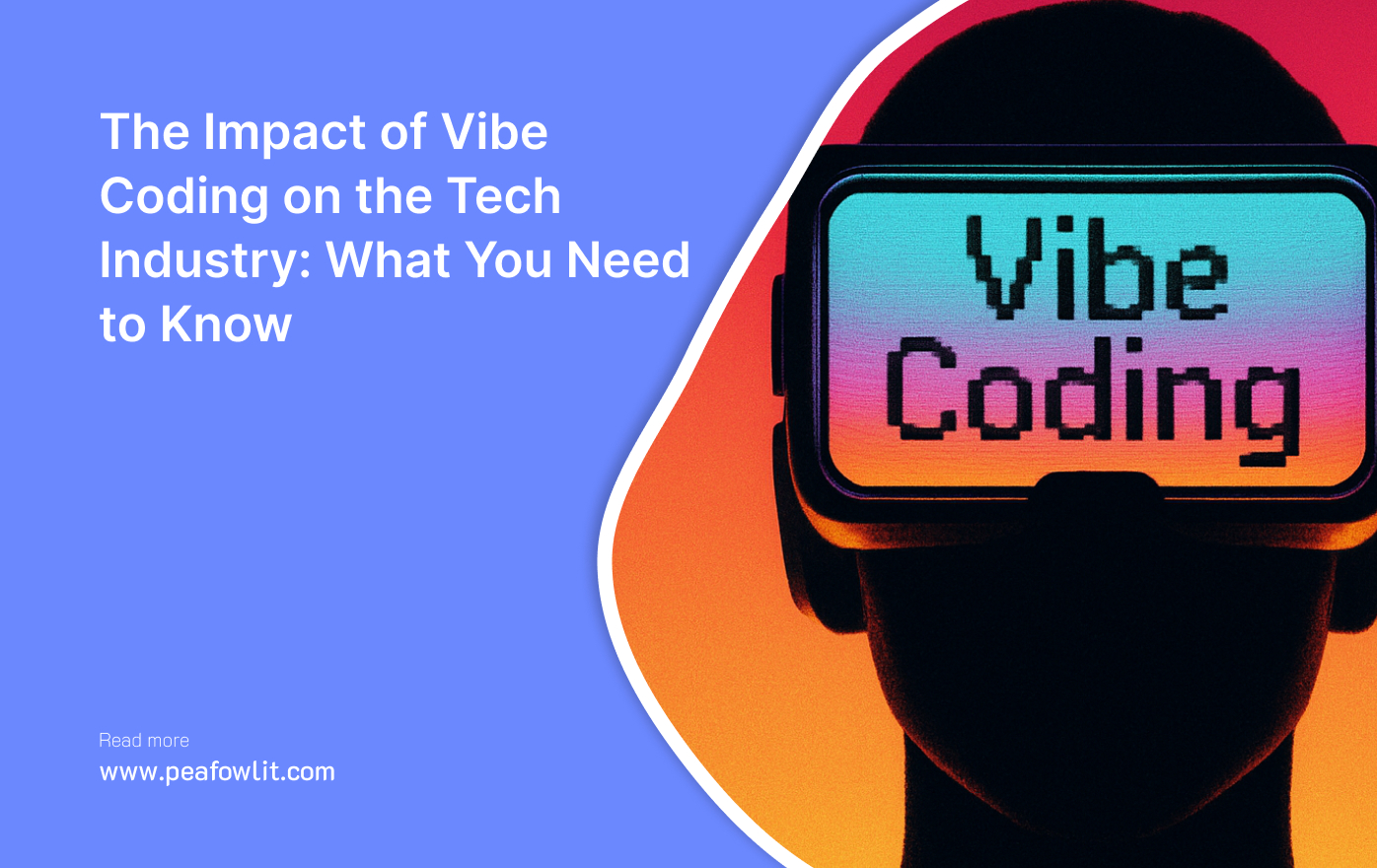
Vibe coding, a new AI-driven approach to programming, is rapidly impacting the tech industry by making software development more accessible and potentially faster. It allows users to generate code using everyday language, enabling faster prototyping and potentially lowering barriers to entry for non-programmers. However, concerns remain about code quality, security, and the potential displacement of developers.
What Is Vibe Coding?
Vibe coding is a revolutionary approach to software development where you describe your desired application in natural language, and an AI generates the code for you. Introduced by Andrej Karpathy in 2025, this method makes coding more accessible, allowing even those without extensive programming knowledge to create functional applications. While it speeds up development and fosters creativity, it also comes with challenges like potential bugs and security concerns in the AI-generated code.
Understanding How Vibe Coding Works
- Natural Language Prompts: You start by describing your desired application or feature in plain English. For example, create a website that shows local coffee shop ratings based on user reviews.
- AI Code Generation: The AI processes your description and generates the necessary code. This can include setting up the structure, creating the user interface, and even suggesting a database schema.
- Iterative Refinement: You test the generated code, provide feedback, and make adjustments. This iterative process continues until the application meets your requirements.
Boost Your Vibe Coding Workflow with These Tools
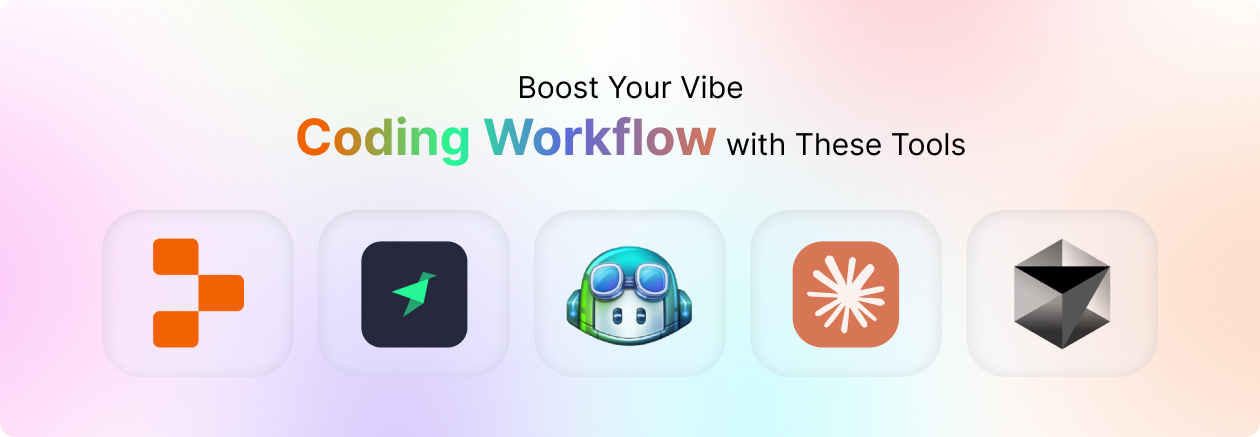
Vibe coding leverages various AI tools to transform natural language descriptions into functional code, making software development more accessible and efficient. Here are some popular tools that are driving this innovative approach:
- Replit: Replit is a browser-based Integrated Development Environment (IDE) with AI-powered features like Replit Agent. This tool can generate code, set up databases, and even fix bugs, making it a versatile choice for developers looking to streamline their workflow.
- Cursor AI: Cursor AI is an AI-first code editor designed for pair programming with AI. It offers real-time AI suggestions and assistance, enhancing the coding experience by providing immediate feedback and code generation.
- GitHub Copilot: GitHub Copilot is an AI-powered code completion tool that helps developers by suggesting code snippets and generating entire functions based on natural language prompts. It integrates seamlessly with popular code editors, making it a valuable asset for developers.
- Claude: Claude is an AI chatbot that can be used for vibe coding. Users can describe what they want to build, and Claude generates the corresponding code, simplifying the development process.
- Tinybird: Tinybird allows users to generate AI-powered data pipelines and APIs from natural language prompts. It is particularly useful for data-driven applications, providing a seamless way to handle data processing and integration.
These tools are at the forefront of vibe coding, each offering unique features that cater to different aspects of software development. By leveraging these AI-powered platforms, developers can enhance their productivity, creativity, and efficiency in building applications.
Conclusion
Vibe coding is a transformative force in the tech industry. By making coding more accessible and efficient, it has the potential to democratize software development and accelerate innovation. However, it also presents challenges that need to be carefully managed. As we navigate this new era of AI-assisted programming, staying informed and adaptable will be key to harnessing the full potential of vibe coding.

